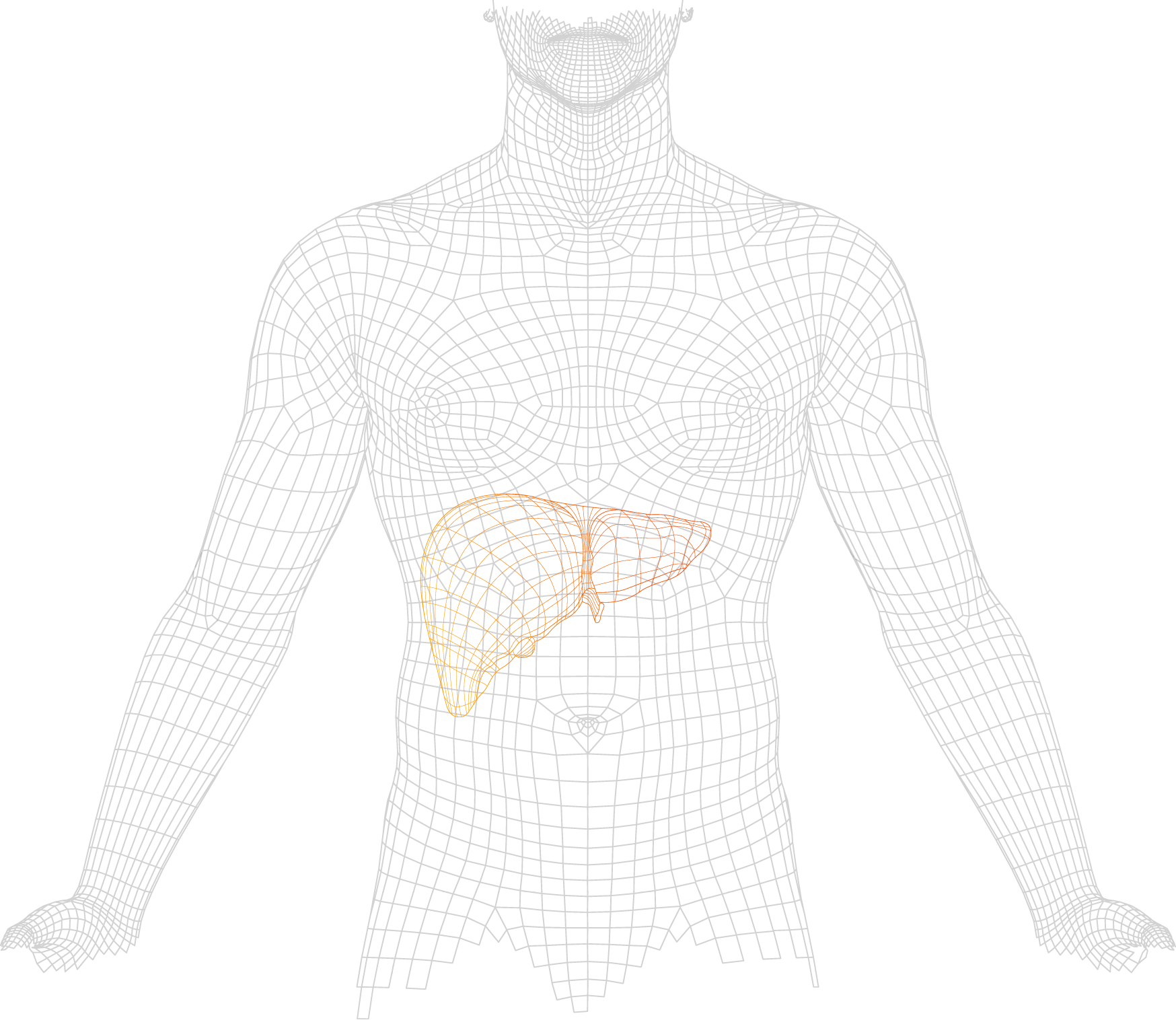Studies show that liver disease accounts for approximately two million deaths per year, worldwide, and with the growing epidemics of obesity and Type 2 diabetes mellitus, Non-alcoholic Fatty Liver Disease (NAFLD) is expected to grow.
As expected, NAFLD identified in patients prior to treatment persisted after curing their HCV infection
Edward Mena, MD
President of the California Liver Research Institute
“NAFLD is currently the most common cause of chronic liver disease throughout the world, followed by chronic hepatitis B and chronic Hepatitis C”, says Tom Nealon, President and CEO of the American Liver Foundation. “This places great importance on finding those who are undiagnosed and getting them the care they need.”
Ed Mena, MD., President of the California Liver Research Institute points to a recent study to understand how NAFLD impacts patients treated and cured for Hepatitis C infection.
“As expected, NAFLD identified in patients prior to treatment persisted after curing their HCV infection”, reports Mena. “Particularly concerning was that among those with NAFLD before treatment, 6.25% still had significant liver scarring after their HCV infection was cured. Those without liver fat before being treated did not have the same level of scarring. While more research is needed, this study reinforces the need to continue to monitor liver health in those patients who are cured of HCV infection”.
Baby boomers, the target of the CDC testing guidelines, may be especially at risk for advancing liver disease caused by NAFLD, says Mena.
Dr. Mazen Noureddin, Director, Cedars-Sinai Fatty Liver Program and author of the study, reaffirms the need for increasing monitoring. “This is especially important given the silent nature of progressive liver disease. Patients are often referred to us with end stage liver disease, where there are few available options, short of liver transplantation. It is a tragic situation that could be avoided with earlier identification and intervention.”
FibroScan examinations can be performed in as little as ten minutes
This research further demonstrates the significant public health opportunities associated with non-invasive screening for fatty liver disease.
Laurent Sandrin, PhD,. founder of Echosens, says “The value of monitoring changes in liver disease, especially if standard follow-up care is emphasized, cannot be overstated. As part of an overall assessment, FibroScan can help assess liver disease before it becomes symptomatic, reducing costs and improving outcomes.”
About California Liver Research Institute
California Liver Research Institute is a research center dedicated to the study of liver disease and looking for novel regiments to improve lives in people suffering from liver illness.
